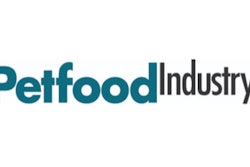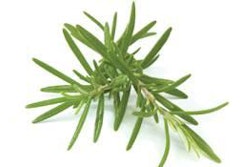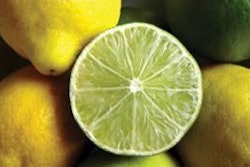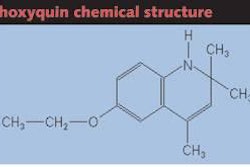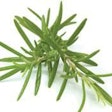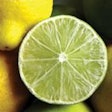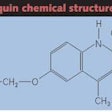Lecithin is an ingredient that we see periodically on petfood labels, most commonly on canned foods. It is included for a "functional food" purpose but has some nutritional benefits, as well. The ingredient name is pronounced "less eh thin" so you'd think it would have some appeal on the label; however, in most discussions with marketing folks they either have never heard of it or have little interest in exploring it further. Maybe they need to take a closer look at this ingredient and where it might prove beneficial in petfood production and pet nutrition and health.
Lecithin: Emulsifier and more
Lecithin is an ingredient that we see periodically on petfood labels, most commonly on canned foods. It is included for a "functional food" purpose but has some nutritional benefits, as well.


